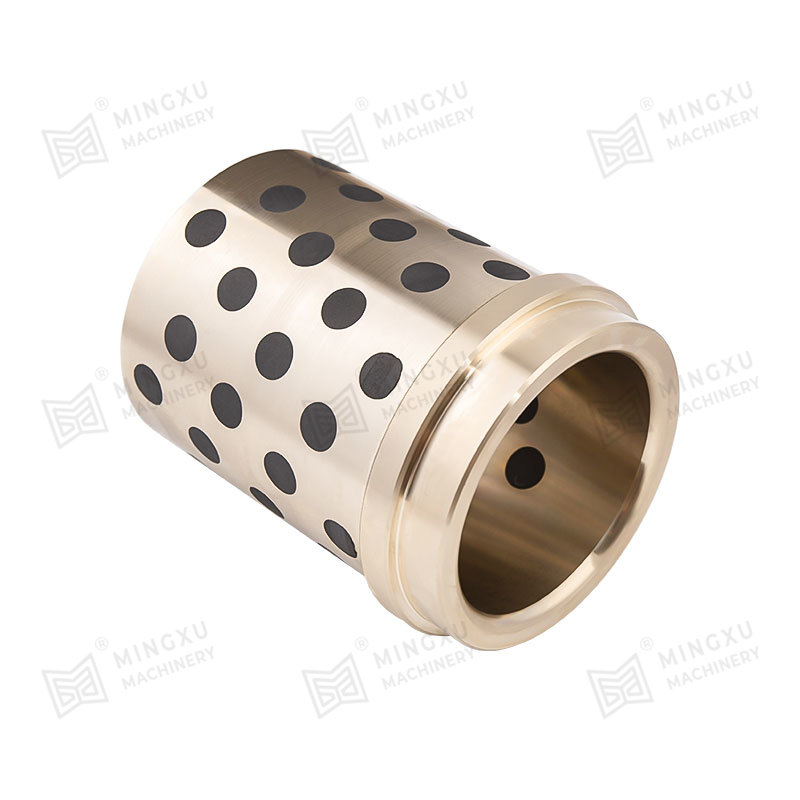A DIN 9834 guide bushing with collar plays a significant role in minimizing tool vibration during precision turning or milling operations. Here’s how it contributes to reducing vibrations:
Enhanced Tool Alignment:
The collar of the guide bushing helps to securely align the cutting tool with the workpiece. In precision turning or milling, even small misalignments can lead to vibrations. By keeping the tool precisely in place, the collar reduces the chances of tool deflection or wandering, which are common sources of vibration.
Increased Tool Stability:
During high-speed operations, the cutting tool can experience forces that cause it to move slightly, creating vibrations. The collar in the DIN 9834 guide bushing provides additional support around the tool, preventing unwanted shifts or deflections. This added support helps stabilize the tool, ensuring smoother cutting with less chatter, which directly reduces vibration.
Prevention of Tool Deflection:
In turning or milling, cutting forces can sometimes cause the tool to deflect, especially when working with hard or difficult-to-machine materials. The collar helps resist such deflection by acting as a reinforcing feature that maintains the tool's alignment and minimizes the angular movement of the tool relative to the workpiece. This results in less deflection, which is a common cause of vibration.

Damping Effect:
The collar material, often made from durable metals or composites, can have inherent vibration-damping properties. This means it can absorb and dissipate some of the unwanted vibrational energy, preventing it from transferring to the tool and workpiece. By acting as a vibration damper, the collar helps minimize the transmission of vibrations during cutting.
Reduction of Tool and Workpiece Interaction:
By maintaining the tool’s alignment more consistently, the guide bushing with collar prevents uncontrolled contact between the tool and workpiece that could occur due to vibration. This reduces the risk of tool chatter or uneven cutting forces, both of which can cause surface imperfections or disrupt machining quality.
Improved Surface Finish:
Since the guide bushing with collar helps in stabilizing the cutting process, the reduction in vibration leads to a more consistent cutting action. As a result, the surface finish of the machined part is significantly improved, as vibrations often lead to marks or defects on the surface.
Minimized Radial Forces:
In turning or milling operations, radial forces can push the tool off-center, inducing vibrations. The collar helps in maintaining radial stability by supporting the guide bushing in such a way that the tool remains centered along the axis of rotation. This minimizes off-center forces and reduces tool vibration, improving machining precision.
Improved Tool Life:
Reducing vibrations not only improves part quality but also contributes to extended tool life. Continuous vibration can accelerate tool wear, especially at the cutting edge. By stabilizing the tool during the machining process, the DIN 9834 guide bushing with collar helps reduce this wear, resulting in more efficient cutting over time.
The DIN 9834 guide bushing with collar minimizes tool vibration by ensuring proper alignment, providing additional support, damping vibrations, and reducing tool deflection. This leads to a smoother, more stable cutting process, resulting in improved precision, surface finish, and tool longevity in precision turning or milling operations.




 English
English Español
Español
















Contact Us